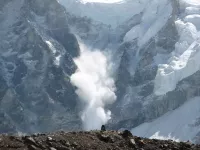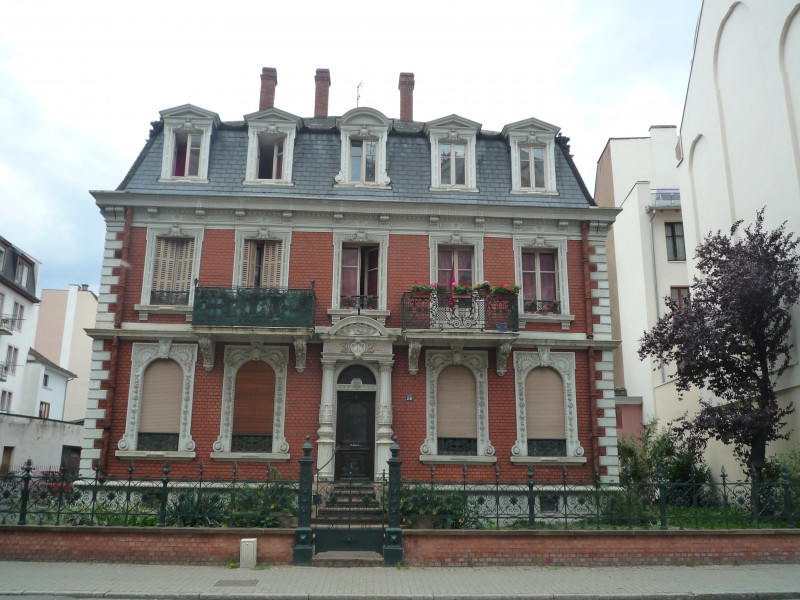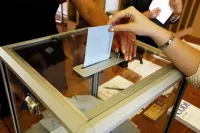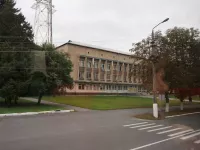Juneau, the capital of Alaska since 1906, is located on the Gastineau Channel in the Alaskan panhandle. Formed in 1970 by the consolidation of the City of Juneau, City of Douglas, and Greater Juneau Borough, it is the second-largest municipality in the U.S. by area, surpassing the size of Rhode Island and Delaware. Previously, Sitka was the capital, until the U.S. Congress mandated the move to Juneau in 1900.
1956: Juneau-Douglas Community College Founded
Juneau-Douglas Community College was founded in 1956.
1960: Vote Against Moving Capital to Cook Inlet-Railbelt Area
In 1960, 56% of voters voted against a measure to move Alaska's capital to a location in the "Cook Inlet-Railbelt Area".
1962: Vote Against Moving Capital to Western Alaska Near Anchorage
In 1962, 55% of voters voted against a measure to move the capital to "Western Alaska... within 30 miles of Anchorage".
1966: Federal Government Building Built
In 1966, a nine-story federal government building in Juneau was built. It houses many federal agencies, the United States District Court for the District of Alaska, and Juneau's main post office.
1970: Elton Engstrom Jr. Failed to be Re-elected
In 1970, Elton Engstrom Jr. failed to be re-elected, his term ended in early 1971. He was the last Republican to represent Juneau in the state Senate.
1971: Elton Engstrom Jr. Left Office
In early 1971, Elton Engstrom Jr. left office at the end of his term, after failing to be re-elected in 1970. He was the last Republican to represent Juneau in the state Senate.
1972: Southeastern Senior College Established
In 1972, Southeastern Senior College was established.
1972: Plans to Connect Juneau to Haines and Skagway by Road
Since before 1972, there have been plans to connect Juneau to Haines and Skagway by road.
1974: Voters Approved Initiative to Move Capital
In 1974, 56% of Alaskan voters approved an initiative to move the capital within 300 miles of Anchorage and Fairbanks, requiring at least 100 square miles of donated public land.
1976: Willow Selected as Site for New Capital
In 1976, Willow received 53% of votes in a statewide vote as the proposed location for the new capital.
1978: Voters Rejected Funding Move to Willow, Approved FRANK Initiative
In 1978, voters rejected a measure to fund a move to Willow, and also approved the Fiscally Responsible Alaskans Needing Knowledge (FRANK) Initiative, which required that all costs of moving the capital be disclosed and approved by Alaskans before the move commenced.
1982: Voters Reject Funding Move to Willow
In 1982, 53% of voters voted against spending roughly $2.9 billion to move the capital to Willow, effectively repealing the previous approval of moving the capital.
1987: Funding for Feasibility Study Acquired
In 1987, funding was acquired for the first feasibility study regarding connecting Juneau to Haines and Skagway by road.
1988: Juneau Voted Democratic
Since 1988, Juneau has voted Democratic in the U.S. presidential election in every election, with one exception.
1990: State Redistricting Split Juneau into Two State House Districts
During redistricting in the early 1990s, Juneau was split into two state house districts. The districts comprising downtown Juneau, Douglas Island and surrounding areas have exclusively elected Democrats to the Alaska House of Representatives and the districts comprising Mendenhall Valley and surrounding areas have mostly elected Republicans.
1994: Initiative to Move Capital to Wasilla Defeated
In 1994, a statewide initiative to move Alaska's capital to Wasilla was defeated and 77% of voters approved a renewed FRANK Initiative.
2002: Alaskan Voters Vote Against Moving the State's Capital
In 2002, Alaskan voters again voted against moving the state's capital.
2003: Assembly Redistricting
In 2003, the Juneau Assembly conducted its last redistricting, establishing two single-member districts for the election of six members of the Assembly.
2005: Road and Fast Ferry Connection Announced
In 2005, the State of Alaska Department of Transportation and Public Facilities announced that the connection to Haines and Skagway was to be provided partly by road, and partly by fast ferry.
2006: Project Estimated to Cost $258 Million
In 2006, the Juneau access project was estimated to cost $258 million.
2007: Project Estimate Increased to $350 Million
In 2007, the estimate for the Juneau access project was increased to $350 million.
April 2008: Avalanche Destroyed Transmission Towers
In April 2008, an avalanche destroyed three transmission towers. As a result, Alaska Electric Light & Power (AEL&P) had to supply almost all of Juneau's electricity from diesel-powered generators for one month.
December 15, 2016: State No Longer Backing Juneau Access Improvements Project
On December 15, 2016, Governor Bill Walker announced that the state is no longer backing construction of the Juneau Access Improvements Project due to the state's multibillion-dollar financial crisis.
July 2018: Juneau Access Project Ended
In July 2018, the Federal Highway Administration (FHWA) released their Record of Decision, selecting the no-build alternative for the Juneau Access Project, halting construction on the road, and thus ending the project.
2018: Andi Story in Office Since 2018
Since 2018, the 31st District is represented in the House by Andi Story.
Mentioned in this timeline
The United States of America is a federal republic located...

An avalanche is a fast-moving flow of snow down a...

A house is a residential building ranging from simple huts...
Alaska a non-contiguous U S state in the northwest of...

An election is a structured decision-making process where a population...

A community is a social unit defined by shared characteristics...
Trending

37 minutes ago Selena Gomez and Benny Blanco Celebrate Exciting News and Grammy Nomination Showered with Congratulations
37 minutes ago Prince George's Royal Debut: Joins Kate, King Charles at Remembrance Festival.
38 minutes ago Thailand Introduces Stiff Fines for Daytime Drinking Amidst New Alcohol Laws
2 hours ago Carl's Jr. Provides $1 Meals to Federal Workers and SNAP Recipients During Shutdown.

3 hours ago Quentin Tarantino's 'Kill Bill: The Whole Bloody Affair' Arrives in Theaters!

3 hours ago Chernobyl Dogs' Blue Fur Mystery Resolved: Porta-Potty Chemicals, Not Radiation, Were the Cause
Popular

Nancy Pelosi is a prominent American politician notably serving as...

Zohran Kwame Mamdani is an American politician currently serving as...

William Franklin Graham III commonly known as Franklin Graham is...

Chuck Schumer is the senior United States Senator from New...
Nicholas J Fuentes is a far-right political commentator and activist...

XXXTentacion born Jahseh Dwayne Ricardo Onfroy was a controversial yet...